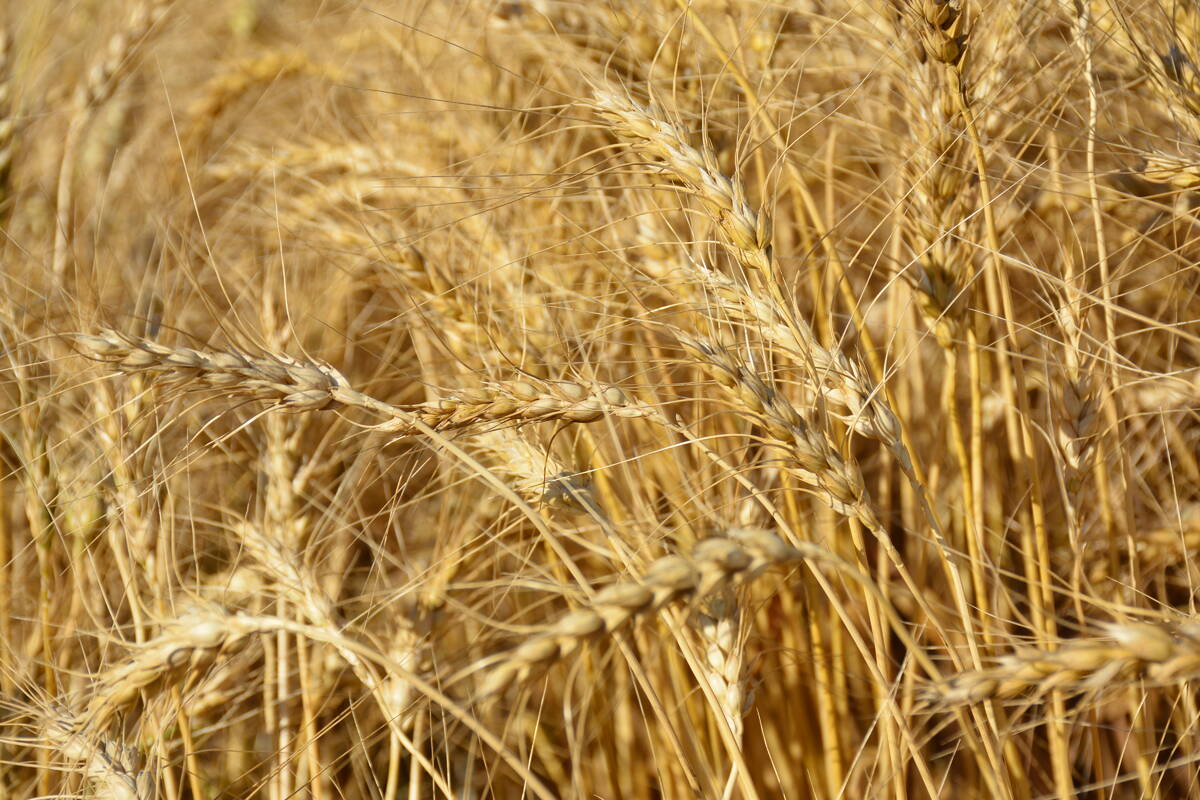RIDGETOWN, Ont. — This year’s cool, damp weather in Ontario provided an ironic backdrop for the water-use efficiency presentation that took place July 8 during Diagnostic Days.
Farmers from across the province’s growing areas spoke at the event about sodden fields, especially those from Essex County in southwestern Ontario. Farmers in that region had worked until midnight the previous day to plant soybeans before the deadline extension for crop insurance.
Ontario farmers can normally plant soybeans until June 30 and be eligible. The deadline was extended to July 7 this year but hundreds of acres were still left unseeded.
Read Also

Large wheat supply pressures prices
SASKATOON — World wheat prices are likely to continue falling as more bumper crops are harvested, says an analyst. Argus…
“I saw one farmer working ground through field puddles,” said one farmer. “I didn’t do that. You’ll pay for it later. I left 45 acres unplanted because it was too wet.”
Emma Anger of Smith said her family left 200 acres unplanted. Those acres will be eligible for the insurance program’s “unseeded acreage” benefit, she added.
It’s estimated that 10 percent of the intended soybean acreage in Essex will be left fallow this year or planted to a cover crop.
It’s not that rainfall events have been especially heavy. However, there were too few extended dry periods on heavier ground for fields to become fit for planting.
Other fields in the province that were planted are showing the effects of the wet conditions. Some crops, especially soybeans, have a yellow cast and those in low-lying spots crops have been drowned out.
Years in which water serves as the main limiting factor are not unusual in Ontario.
Doug Young, who teaches at the University of Guelph’s Ridgetown Campus, said 90 centimetres of rainfall are needed over the growing season to grow a 250 bushel corn crop in southern Ontario.
However, the 30-year average from May through October is 50 cm.
The challenge for farmers is to maximize their water-use efficiency. Young said one proven method is to widen the crop rotation.
“In hot dry conditions, the longer the rotation the bigger yield you tend to get.”














